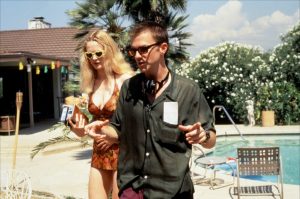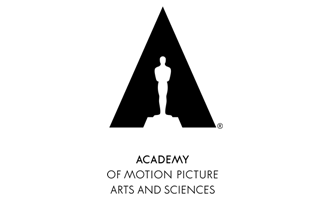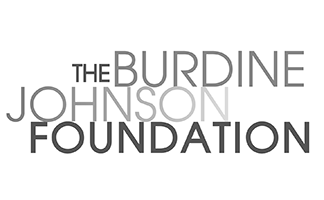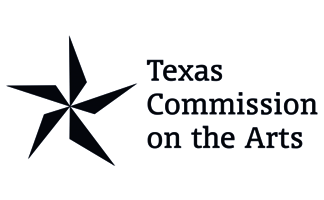“Looking For the Truth,” Paul Thomas Anderson’s “Porn-Adjacent” Epic, Boogie Nights
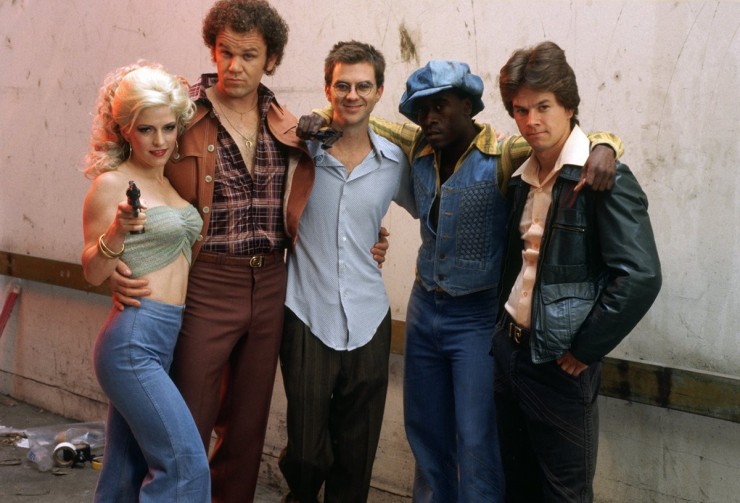
BOOGIE NIGHTS screens in 35mm at the AFS Cinema starting Saturday June 30th. Tickets and more info here.
The opening shot of BOOGIE NIGHTS plunges you into the streets of late seventies California, lit up with neon-psychedelic billboards, pulsing with the sounds of Motown and disco. As well as the mind of Paul Thomas Anderson, the twenty-seven year old director and writer of the ambitious 1997 film that changed his career, in this case a dramatic and envelope-pushing multi-decade epic following the boom and fall of the porn industry in the San Fernando Valley.
Spinning out of a short mockumentary Anderson made as a young film school drop-out in California, BOOGIE NIGHTS was not a project that immediately made producers bite, let alone give the money needed to complete it. The original script had the heft of a telephone book and Anderson wanted it to be three hours long and have an NC-17 rating in order for his vision to come to life.
Anderson was young too and looked it, and when calling for meetings his future collaborators often remember thinking he was pranking them, Adam Shankman the choreographer for the film recalled meeting with Paul and thinking “Where is the adult? Where is the person who’s making the movie? Why am I meeting with you, child?”
Pre-conceived notions of P. T. Anderson’s porn-adjacent epic fell to the side as New Line Cinema took on the project. The crew found an era appropriate house in West Covina and a repertory cast assembled that included Julianne Moore, John C. Reilly, Philip Seymour Hoffman, Don Cheadle, William H. Macy, Burt Reynolds, and newcomer Mark Wahlberg, many of whom would become Anderson’s longtime collaborators.
While pre-production was rocky as Anderson adapted his original vision to a slightly less overbearing two and a half hour movie and rewrote the script for an R-rating, production proved to be even worse. Burt Reynolds wasn’t thrilled to be playing Jack Horner, a porn producer, and fought Anderson on anything he could. He was convinced the movie would go nowhere and wanted more opportunities to mess with the character, but PTA had a vision that was sacred to him and a script that had been in his back pocket for ten years.
Despite Reynold’s complaints both verbal and physical, there were a few times the arguments moved to shoving and punching matches on set, he would go on to be nominated for an Academy Award for and win a Golden Globe for the role.
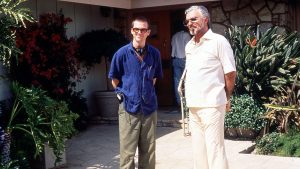 |
| PTA and Burt Reynolds |
BOOGIE NIGHTS was a success career-wise for Anderson, but not commercially. It turned out that a movie with a two hour plus run time and porn industry marketing scheme was still a deterrent to most movie-goers. But those who gave it a shot were welcomed into the meticulous world that Anderson crafted, with characters who forged new families and lost relationships at the years flew by.
Watching BOOGIE NIGHTS is a constant reminder of the humanity in the world around us, and how our lives interchange and affect those who we come into contact with. It’s also a reminder of a time that seems lost to us now, the shift in decades transforms these character’s lives and careers in ways that people living in the new millennium today can’t quite comprehend.
In one of the most tense scenes of the film, and maybe ever shot?, the camera stays on the lead Dirk Diggler, played by Mark Wahlberg for an excruciating forty-five seconds as chaos erupts around him. Emotions pass over Dirk’s face quickly and quietly as we understand the choices he’s made that led him here.
This is the genius of PTA and BOOGIE NIGHTS. While other writer-directors want to set the fire themselves and watch the house become engulfed in flames, Anderson yearns to see how those flames both glorify and destroy real lives and what that loss looks like in the eyes of a spectator.
And while we’re at it, this past March we honored Paul Thomas Anderson at the Texas Film Awards with the inaugural Jonathan Demme Award. Watch his conversation with Richard Linklater below:
- This piece contributed by Claire Hardwick

